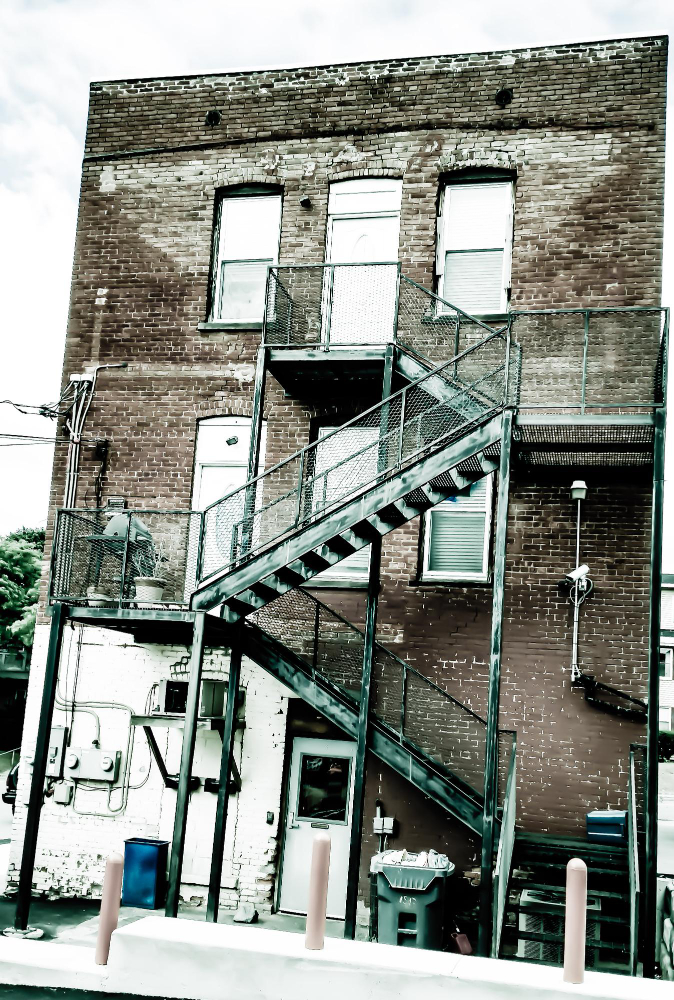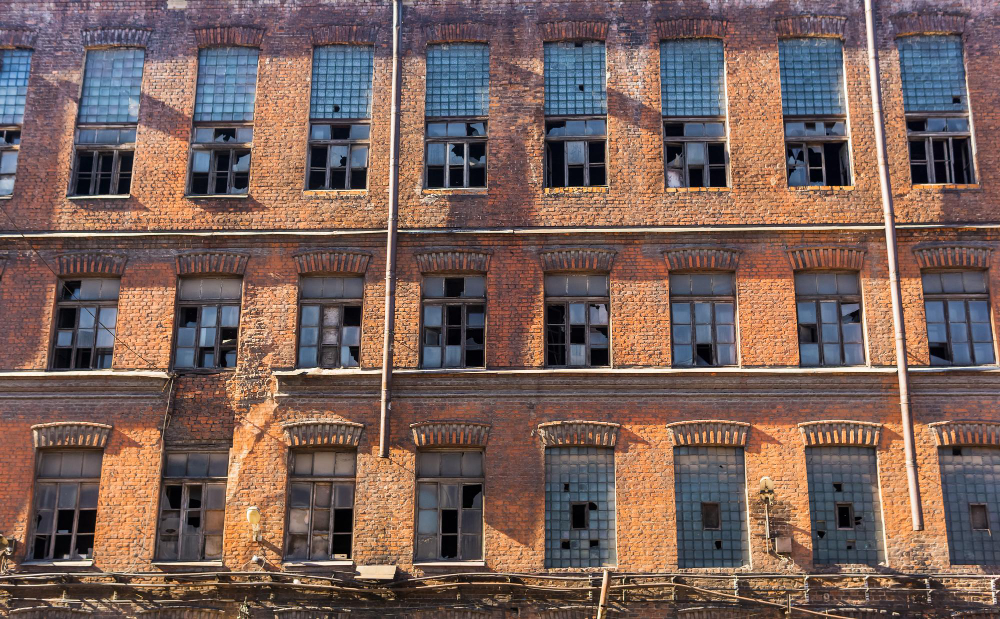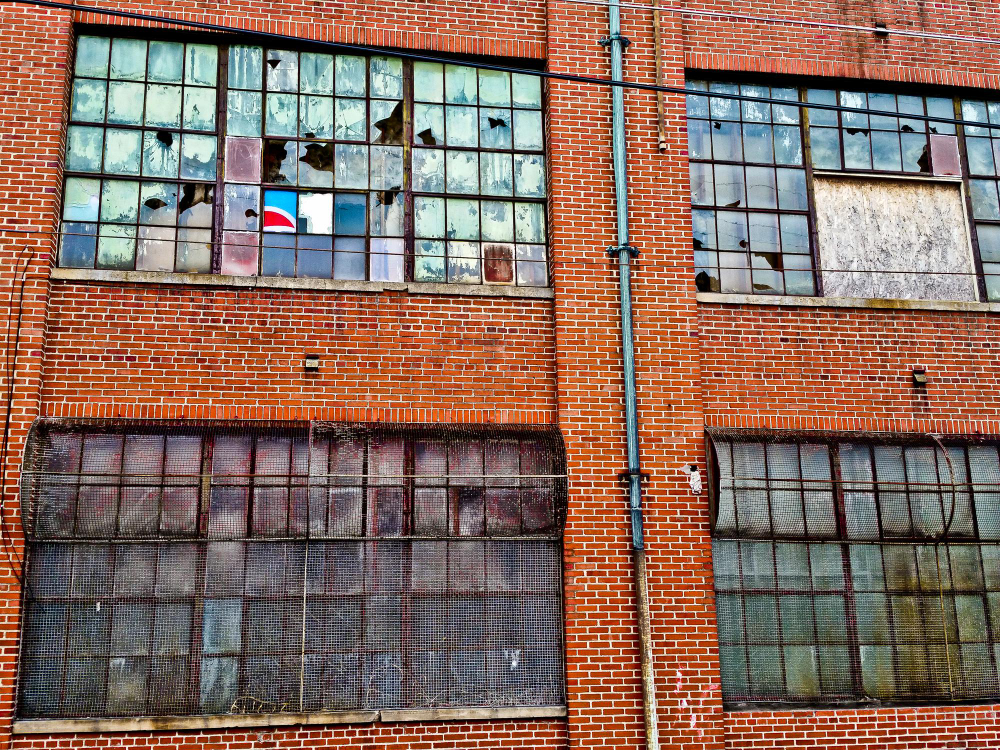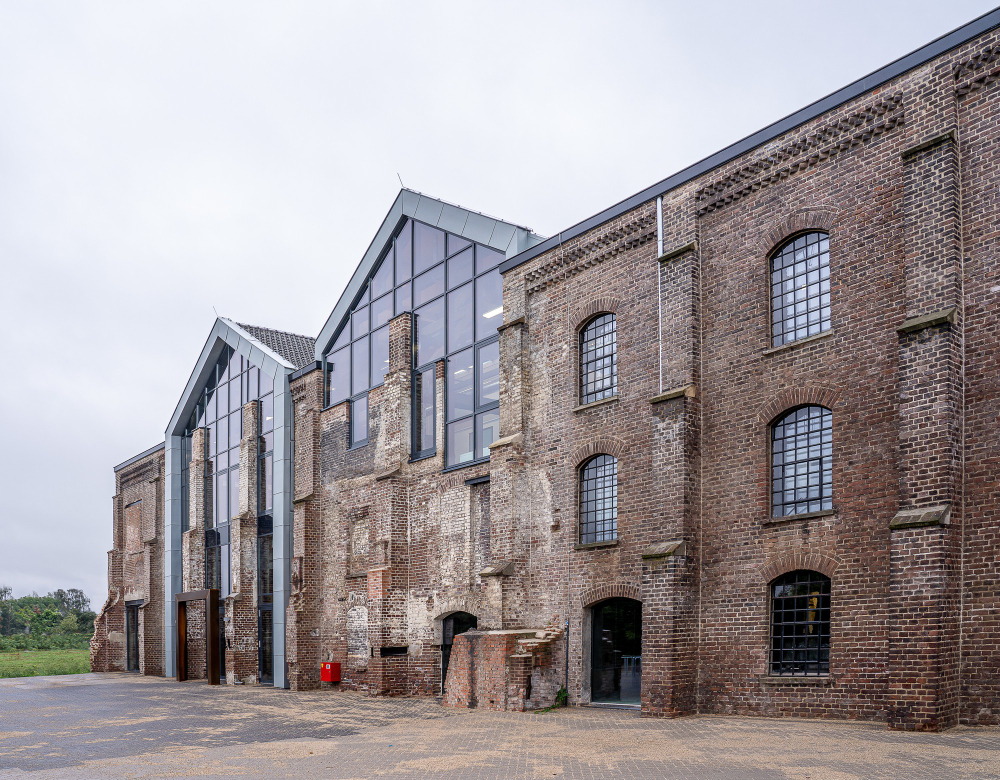Insight
It’s important, in order for us to understand your requirements from the outset in order to give the best commercial building consultancy advice we can.
Enquire
Dilapidation claims are a routine part of commercial property management, but they are also one of the most common sources of disputes between landlords and tenants. Many landlords weaken their position by making avoidable mistakes, from overestimating claims to failing to prepare evidence. In this blog, the Bressummer A.R.K team outline the most frequent errors that we see landlords make and explain how to avoid them, ensuring smoother negotiations and stronger recovery of costs.
Dilapidations Claims
Towards, or shortly after, the end of a commercial lease, landlords often serve a dilapidations claim to recover costs for repairs, reinstatement and redecorations. Done correctly, this process protects the landlord’s investment and ensures the property is returned in the condition specified in the lease.
But too often, claims are rushed, inflated or poorly evidenced, leading to protracted disputes, legal challenges and, ultimately, reduced settlements. By avoiding common mistakes, landlords can strengthen their claims, protect their assets and maintain more constructive relationships with tenants.
Mistake 1: Overstating the Claim
One of the most frequent missteps is inflating the scope or cost of works. While landlords may hope to maximise recovery, excessive claims undermine credibility and can result in costly disputes.
How to Avoid It


Mistake 2: Failing to Reference the Lease Properly
Dilapidation obligations are defined by the lease itself. If a claim is not clearly tied to specific clauses, it may be challenged or dismissed.
How to Avoid It
Mistake 3: Ignoring the Schedule of Condition
Where a Schedule of Condition exists, it sets a baseline for the property’s state at lease commencement. Failing to account for it in a claim is a major error.
How to Avoid It


Mistake 4: Delaying Action Until the Lease Ends
Some landlords wait until after tenants vacate to assess repairs. By then, opportunities for early resolution may be lost and deterioration may worsen.
How to Avoid It
Mistake 5: Neglecting Professional Input
DIY claims or reliance on generic templates often fail to stand up to scrutiny. Without expert input, landlords risk making errors in scope, pricing or legal context.
How to Avoid It
Have regard to the ‘Dilapidations Protocol’ when preparing and negotiating any claims


Mistake 6: Using Dilapidations as a Profit Tool
Some landlords attempt to use dilapidations as a backdoor to fund refurbishments or upgrades. Courts typically reject this approach.
How to Avoid It
Mistake 7: Poor Communication with Tenants
Confrontational approaches or lack of dialogue often escalate disputes unnecessarily.
How to Avoid It

Protect Your Properties Value
For landlords, dilapidations are not just about recovering costs, they are about protecting property value. But inflated, poorly evidenced or badly timed claims can damage credibility and lead to disputes that cost more than they recover.
By avoiding these common mistakes, landlords can make claims that are fair, defensible and more likely to result in efficient settlements. The key is preparation, professional advice, and a focus on genuine obligations.
Do you need support preparing or defending a dilapidations claim? Bressummer A.R.K’s expert surveyors ensure your claims are realistic, defensible and effective. Contact us today to safeguard your commercial property assets.
Overstating the claim, which undermines credibility and leads to disputes.
No. Courts scrutinise claims closely and inflated or poorly evidenced claims are often reduced significantly.
By commissioning professional surveyor reports and using surveyors in negotiations, referencing lease clauses and keeping claims proportionate.
No. Claims must be limited to restoring the property to the condition required by the lease, not enhancing it.

It’s important, in order for us to understand your requirements from the outset in order to give the best commercial building consultancy advice we can.
Enquire